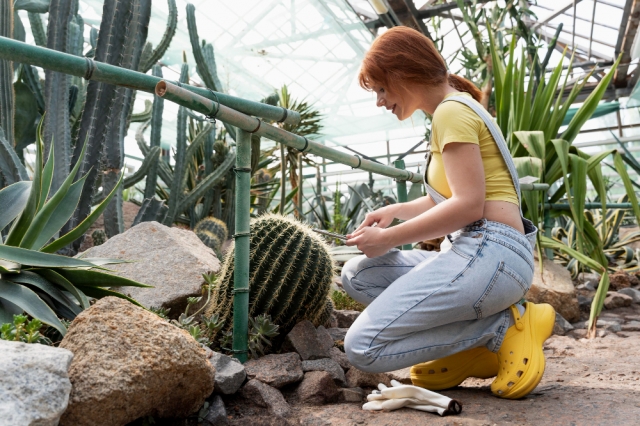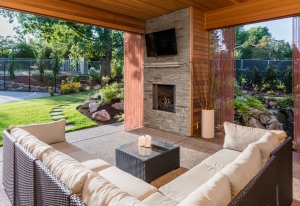Incorporating boulders into garden design can elevate the aesthetic appeal and add a sense of natural grandeur to outdoor spaces. However, it requires careful consideration and planning to ensure that the boulders harmonize with the overall landscape and fulfill both functional and aesthetic purposes. Here's what you need to know about incorporating boulders into your garden design.
1. Consider Scale and Proportion
Boulders come in various sizes, shapes, and textures, so it's essential to choose ones that complement the scale of your garden. Large boulders can serve as striking focal points in spacious landscapes, while smaller ones may be more suitable for compact gardens. When looking for boulders for sale, pay attention to proportion as well, ensuring that the size of the boulders aligns with the surrounding elements such as plants, pathways, and structures.
2. Mimic Nature
When placing boulders in your garden, aim for a naturalistic arrangement that mimics the way rocks occur in nature. Consider factors such as geological formations and the flow of water to guide your placement decisions. Group boulders in clusters or arrange them in irregular patterns to create visual interest and evoke a sense of natural harmony.
3. Consider Functional and Aesthetic Roles
Boulders can serve both functional and aesthetic purposes in garden design. They can act as natural barriers to define garden boundaries, retain soil on slopes, or prevent erosion along water features. Additionally, boulders provide texture, contrast, and visual weight—enhancing the overall beauty of the landscape and creating focal points that draw the eye.
4. Create a Visual Hierarchy
Strategically placing boulders of varying sizes and shapes can help create a sense of visual hierarchy in your garden. Larger boulders can anchor the composition and serve as focal points, while smaller ones add texture and detail. Consider the principles of balance and asymmetry to achieve a harmonious arrangement that feels both dynamic and cohesive.
5. Blend with Surrounding Elements
To ensure that boulders integrate seamlessly into your garden design, consider the surrounding elements such as plants, pathways, and architectural features. Choose boulders that complement the colors and textures of existing vegetation and hardscaping materials. Use planting beds and ground covers to soften the edges of boulders and create a natural transition between rock and greenery.
6. Ensure Safety and Accessibility
Before finalizing the placement of boulders, consider any safety and accessibility concerns, especially if your garden is frequented by children, pets, or elderly individuals. Ensure that pathways are clear and that boulders are stable and securely anchored to prevent accidents. Incorporate lighting to highlight pathways and boulder features, making them visible and safe to navigate—especially at night.
7. Consider Long-Term Maintenance
While boulders require minimal maintenance compared to other garden elements, periodic upkeep may be necessary to ensure their longevity and aesthetic appeal. Keep boulders free of debris, moss, and algae buildup, inspect them regularly for signs of erosion or instability, and consider sealing porous rock surfaces to protect them from weathering and staining over time.
Incorporating boulders into your garden design can transform ordinary landscapes into extraordinary outdoor sanctuaries. By considering factors such as scale, placement, functionality, and maintenance, you can create a visually stunning and harmonious garden that celebrates the beauty and resilience of natural stone.






